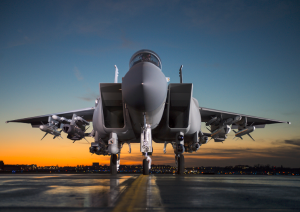
The Air Force’s fiscal year 2020 presidential budget request funds a new fighter aircraft and provides increased research-and-development dollars to build the advanced technology the service needs to fulfill requirements laid out in the national defense strategy. The service’s budget overview book, released March 12, includes $165.6 billion for FY ‘20, a $10 billion or 9 percent increase over the service’s request in FY ’19. That number is what the Air Force needs to maintain readiness levels and prepare to…

 By
By 











